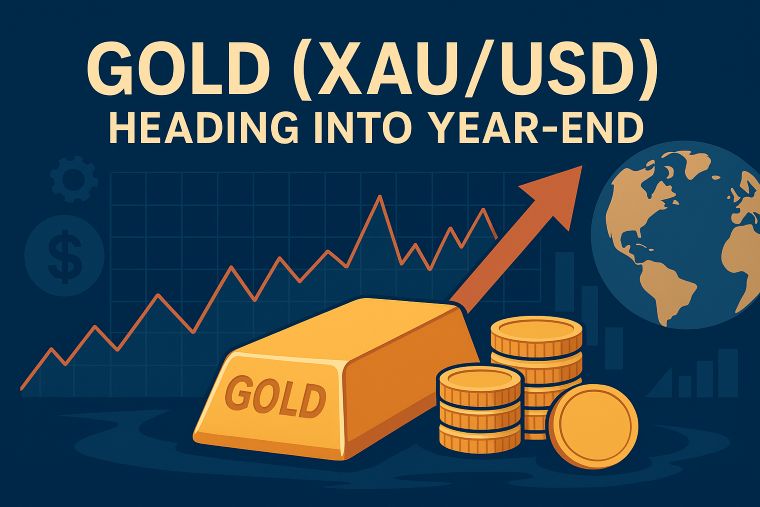3 min to read
The prevailing trend points to a strong inclination toward buying the U.S. dollar
reflecting positively on the USD/JPY exchange rate.

“A clear trend has emerged favoring the U.S. dollar, exerting a positive influence on the USD/JPY exchange rate, which has consistently maintained its position within the 150-yen range”
Recent developments following the release of U.S. employment statistics last week had initially raised concerns of potential downside risks as the 150-yen threshold was temporarily breached. Nevertheless, market sentiment continues to exhibit substantial interest in purchasing the U.S. dollar when opportunities arise.
The decision by the Federal Reserve to halt its rate-hike cycle, combined with the likelihood of the Bank of Japan pursuing a more cautious approach to tightening, has instilled confidence in the market. This confidence stems from the expectation that a significant yield differential will persist between the United States and Japan. Such a scenario provides crucial support to the USD/JPY exchange rate.
Today’s release of labor statistics for September in Japan has revealed that the real wage growth rate has remained negative for 18 consecutive months, even after adjusting for inflation. In nominal terms, wage growth has been modest, registering a mere 1.2% year-on-year increase. This growth rate pales in comparison to those observed in Europe and the United States. Given the existing conditions, the prospects of the Bank of Japan pursuing an aggressive tightening path appear increasingly challenging.
In the case of the EUR/USD pair, the prevailing sentiment revolves around selling on the rebound, leading to a decline to the 1.06-dollar range. This trend can be partly attributed to the unexpected decrease in Germany’s industrial production figures for September, which has weighed down the Euro’s performance. However, there has been no significant indication of a further downward move, with intermittent recoveries above the 1.07-dollar level.
Market observations suggest that substantial disparities in interest rate expectations between the Federal Reserve (FED) and the European Central Bank (ECB) are exerting considerable pressure on the EUR/USD exchange rate. In the absence of a distinct signal indicating a significant softening of the U.S. economy, the expectation is that the market’s anticipation of an ECB rate cut in the coming weeks may continue to surpass those concerning the FED.
It is noteworthy, however, that by 2024, the FED is anticipated to implement a more substantial policy rate cut than the ECB. Should this projection materialize, it is likely to narrow the yield gap between the United States and the Eurozone, potentially setting the stage for a significant upward movement in the EUR/USD exchange rate.
In the realm of GBP/USD exchange rates, a distinct trend of selling on the rebound has caused the rate to retreat into the 1.22-dollar range. During today’s trading, the 200-day moving average has served as a significant resistance level. Notably, short-term money markets have recently started factoring in a cumulative rate cut of 0.75 percentage points by the Bank of England in the upcoming year. Insights provided by Pill, the Chief Economist at the Bank of England, suggest that market pricing appears to be well-grounded.
Pill has also acknowledged that short-term money markets have begun factoring in a 0.25 percentage point rate cut expected in August of the coming year, and he has indicated that it does not appear to lack a rational basis. Furthermore, Pill has emphasized the expectation that British inflation is poised to decline to levels consistent with other advanced economies. The Bank of England anticipates that the Consumer Price Index (CPI) for October will drop below 5%.
Visit XM Official Website.

